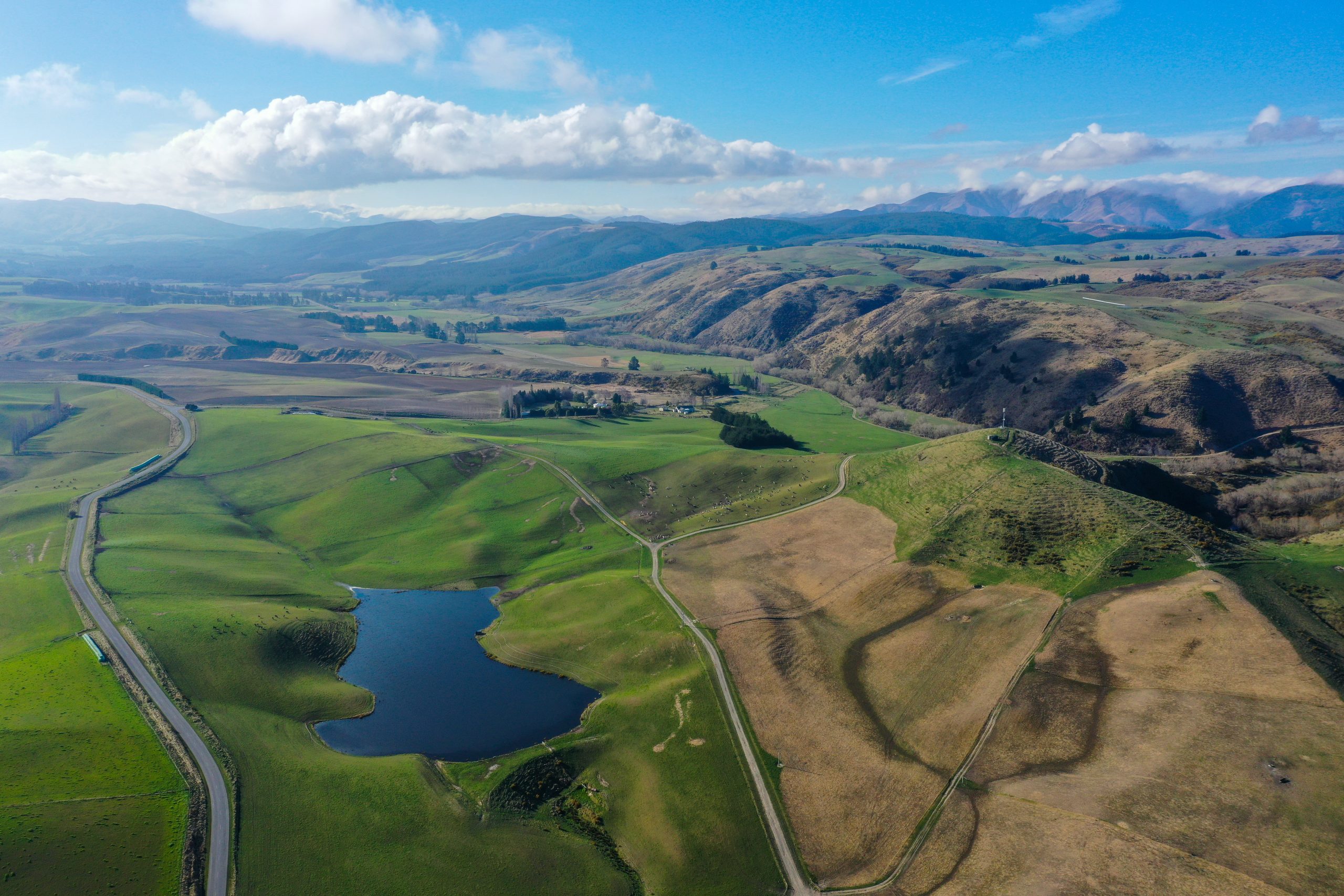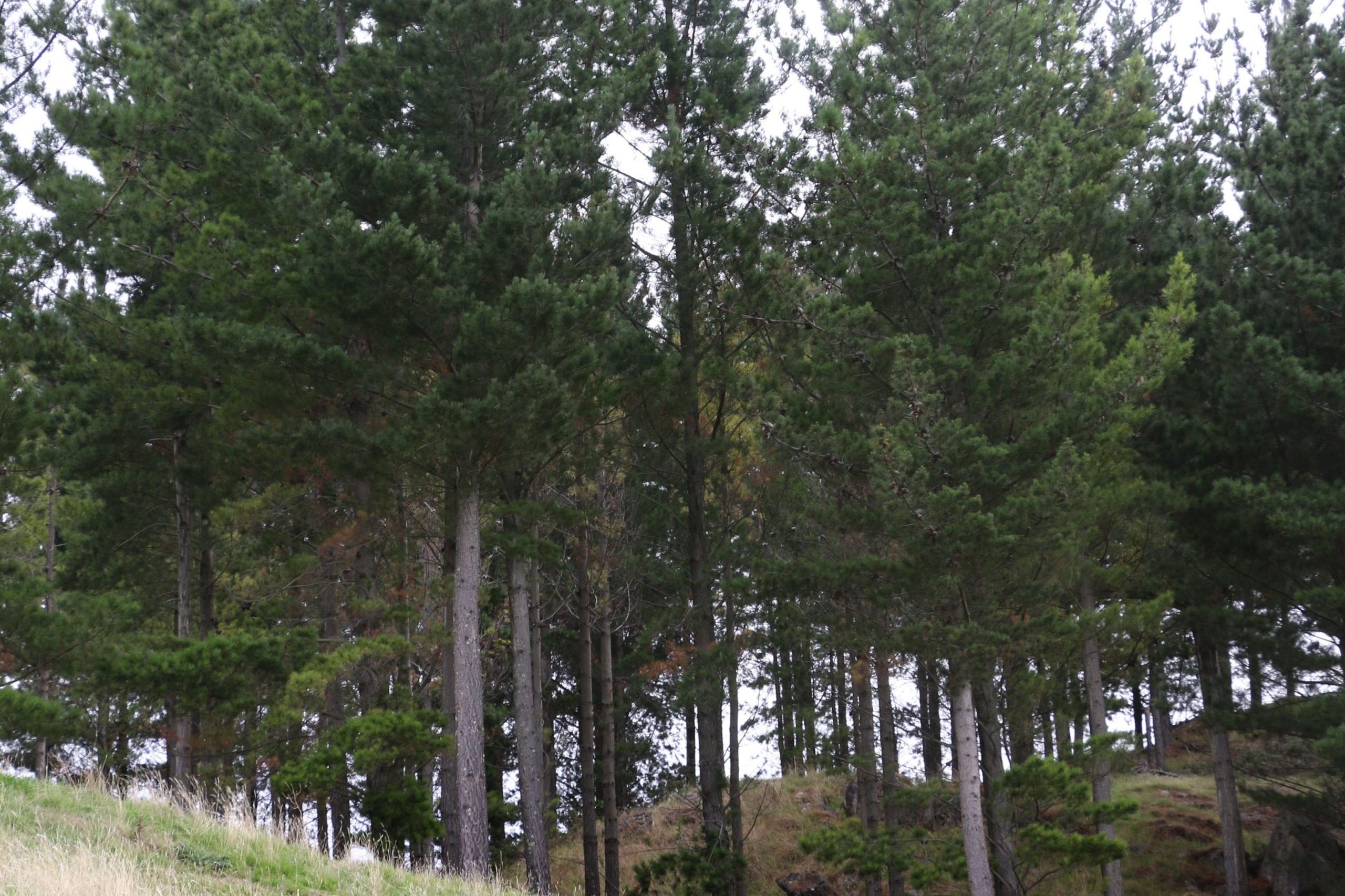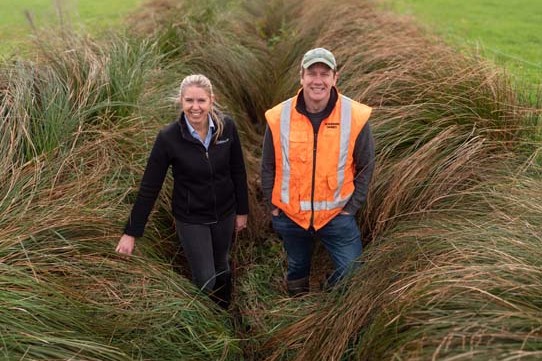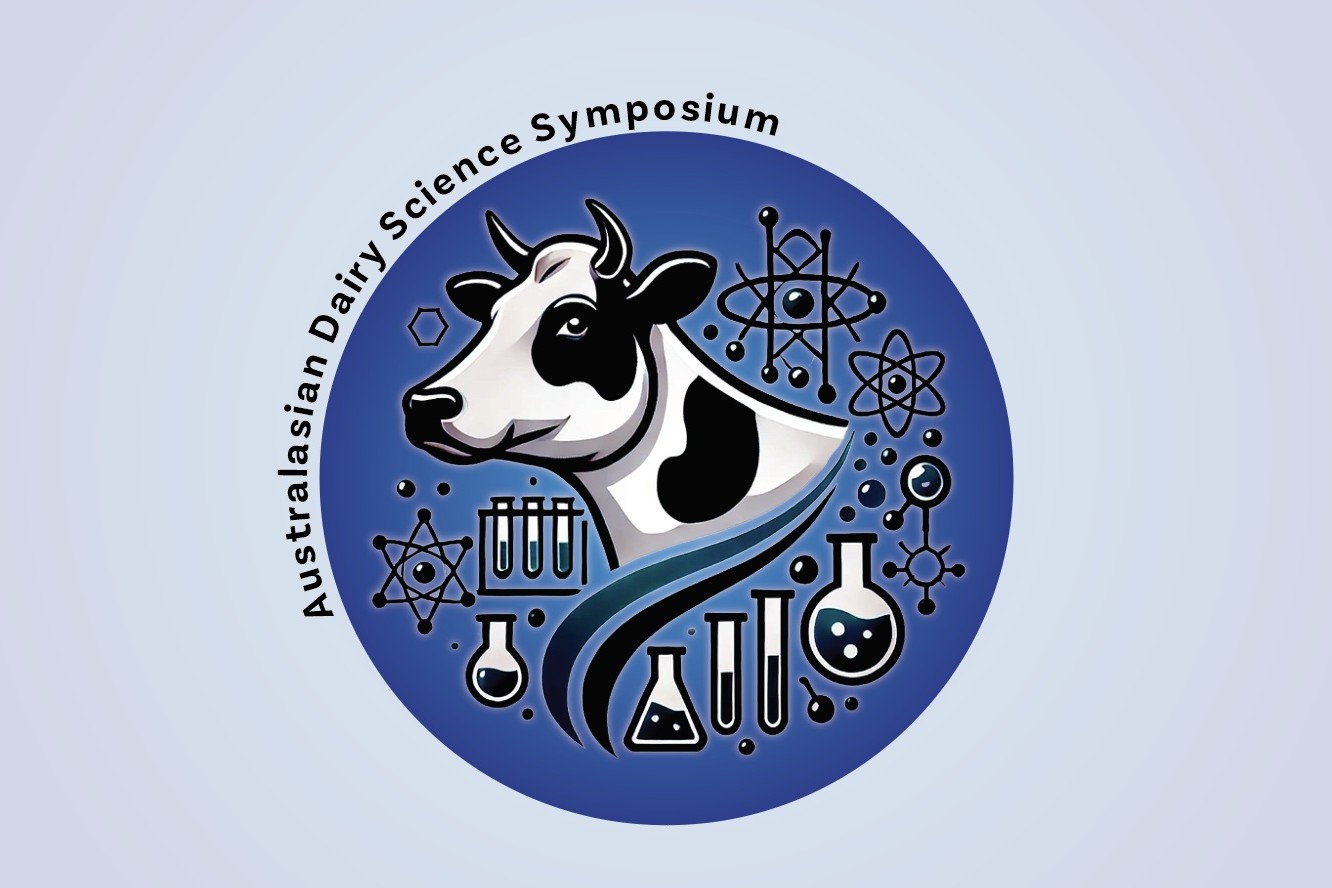Separating dairy yard effluent into clear water and a nutrient-rich fertiliser with an affordable system is achieved in a system pioneered at Lincoln University. Anne Lee reports.
Although not quite the water-into-wine scenario, Lincoln University scientists working with Ravensdown staff are doing what could be described as the agrarian equivalent by taking farm dairy effluent and separating out clear water that’s almost free of harmful bacteria.
The clear water can be recycled back for use in dairy yard washdown while the volume of treated effluent farmers then need to deal with is reduced.
That treated effluent also has the benefit of lower bacteria levels while having properties that could further lower the potential for other negative environmental impacts such as phosphorus runoff.
Importantly, valuable nutrients in the treated effluent are retained.
The emerging technology automatically monitors and adjusts the treatment process which has been developed in conjunction with fertiliser co-operative Ravensdown.
Research behind the system has drawn on technology used in municipal wastewater and drinking water treatment systems to essentially bring solid particles together so they settle out leaving clear water on top.
Lincoln University soil science professors Keith Cameron and Hong Di have worked on the process for the past three years with $1.5 million of investment from Ravensdown.
‘We looked at engineering technologies that were already in use to clean up drinking water and make it safe.’
The research has culminated in a pilot plant being installed on the Lincoln University Dairy Farm (LUDF) with further studies being carried out.
Ravensdown’s effluent technology project manager Jamie Thompson says the company hopes to take the system, called ClearTech, to market by the end of the year following further testing and research.
While he can’t yet say what the price tag is likely to be, Thompson says a key aim of the joint research project has been to develop a system that’s simple, reliable, has a small footprint and, above all, is affordable.
He says it is possible to take the process further so the clear water is up to drinking water standard, but the ClearTech process wasn’t aiming for that.
“That’s very expensive and our aim is to keep this as affordable for farmers as possible.”
Cameron says the project came about as a result of hearing farmers repeatedly expressing concern about effluent management with worries ranging from how to cope during wetter periods of the year when effluent still needed to be dealt with, to risks of bacterial contamination.
“We looked at engineering technologies that were already in use to clean up drinking water and make it safe,” he says.
He and Thompson had visited the water treatment plant on the banks of the Waikato River where a coagulant was used as part of the process to deliver clean drinking water for Auckland.
“There are a number of coagulants used around the world to clarify water and take solids out of suspension but seeing this one in use for drinking water gave us confidence we could transfer the technology to effectively treat farm dairy effluent,” Cameron says.
The smart part of the system is the computerised technology that constantly samples the effluent and monitors the turbidity or cloudiness of the effluent solution in a purpose-built tank.
Based on a complex algorithm determined through laboratory and larger scale trials, the computer then tells the system how much coagulant needs to be injected into the solution.
Cameron says for farm dairy effluent typically produced mid-season at LUDF, which peak milks 550-560 cows, a treatment or clarifying tank with a 20,000-litre capacity has been built.
The process to treat effluent from one milking for LUDF takes about three hours and in that time about 8000 litres of clear water is produced which can then be recycled to a holding tank ready for re-use in the dairy yard for washdown.
The treated effluent at the bottom of the treatment tank is pumped back to the farm’s sump and into the effluent storage pond.
Cameron says the treated effluent doesn’t have all the water taken out and is still liquid enough to be spread on paddocks via travelling irrigators or other application systems.
However, this emerging technology system has the potential to reduce the volume of effluent that needs to then be stored.
“Likewise, creating the volume of clear water this process can achieve, significantly cuts the amount of fresh water needed in the yard,” Di says.
Estimates from the laboratory experiments indicate it could potentially reduce water use at the farm dairy for yard washdown by up to two thirds.
Thompson says the reduction in effluent volume will make effluent storage management a lot easier for farmers, particularly through wetter periods.
The science
The process
The fine particles in farm dairy effluent are known as colloids.
“They’re very small and individually don’t have enough mass to fall to the bottom of a tank or pond, or beaker in our laboratory.
“They don’t coalesce or come together to form larger, heavier particles because they have a negative charge. Clay and organic matter have a cation exchange capacity – a negative charge which helps them hold positively charged elements.
“The negative charge on the colloids also means that the colloids themselves repel each other in water – two negatives repel,” Cameron says.
The coagulant, which is positively charged, works by neutralising the negative charges and at the right dosage allows the colloid particles to come together.
“They combine and create a mass that has sufficient weight to fall through the solution by gravity, leaving clear water at the top and solids at the bottom,” Cameron says.
The mechanism by which the particles gather together, combining with more colloids as the larger particles fall down through the suspension is called “sweep floc”.
The coagulant
The coagulant – ferric sulphate Fe2(SO4)3
The coagulant ferric sulphate contains iron and sulphur – both abundant already in the soil, Cameron says.
“Iron is what gives the colour to the subsoil – when you see those orange spots or mottles – that’s iron,” he says.
“Sulphate too is already in the soil solution and used by the plant for growth” Di says.
As well as reducing the negative charge of the colloids the ferric sulphate coagulant combines with hydroxyl ions in the effluent solution and becomes ferric hydroxide, which helps create the sweep floc mechanism, carrying the particles around, helping them bump into each other and gather together so they drop down with gravity.
Fe2(SO4)3 + 6OH- > 2Fe(OH)3 + 3 SO4 2-
Di says the chemistry is well established and the coagulant used widely.
Safety
“Right at the start Ravensdown engaged an environmental medicine company to assess environmental safety and any health risk of the product and the fate of the product when it’s applied to land used in food production.
“The conclusion of that report was that it does not pose any consumer risk,” Thompson says.
Environmental benefits
The university has carried out multiple trials on the effects of the coagulant on the clear solution and the treated effluent, as well as looking at the flow-on impacts of environmental effects.
They’ve found reduced bacterial counts, lower levels of dissolved reactive phosphate, a lower pH, a drop in ammonia gas production and reduced hydrogen sulphide gas
Lower bacterial count
Cameron explains that bacterial levels are reduced in two ways.
As the colloids come together bacteria in the effluent solution are trapped between the particles pulling them out of solution.
“But the ferric sulphate also kills the bacteria because it interferes with the surface of the cellular membrane around those microorganisms,” Cameron says.
Both the Lincoln laboratory studies and preliminary scaled up research have found a 99% reduction in Escherichia coli (E. coli) bacteria in the clear water produced by using the coagulant.
“That’s an outstanding result from our point of view but what was probably more surprising to see was that the E. coli numbers in the treated effluent at the bottom were also reduced which leaves the treated effluent safer to handle,” Cameron says.
Lower phosphorus risk
An unexpected benefit of the treatment process has been the reduction in the amount of dissolved reactive phosphorus in both the clear water and the treated effluent.
Di says the coagulant ties up the phosphate temporarily, turning it into a slow release from of phosphorus which the scientists hope will help reduce the potential for reactive phosphate to run off into water.
Reduced gas emissions and lower pH
The chemical reactions involved in adding the coagulant mean the pH of the treated effluent is slightly lower than that of untreated effluent, which is typically at pH 7-8.5.
That reduction in pH has a flow-on effect of reducing ammonia gas production.
Laboratory trials have shown significantly lower emissions of ammonia gas in both the clear solution and the treated effluent compared, with the untreated effluent.
“The nitrogen is staying in a form that’s available for plant use. There’s also less smell which is often associated with effluent.
“We’ve found lower hydrogen sulphide gas emissions too and that’s a gas that’s also associated with unpleasant smell,” Cameron says.
Nutrient values
Pasture field plots at the Lincoln University Research Dairy Farm have been receiving the treated effluent from the scientists’ experiments since 2016.
Di says plant yields have been measured and plant analysis carried out with no significant differences in dry matter yield found between plots receiving treated and untreated effluent indicating there’s no difference in the nutritive value of the effluent to the pasture.
- Watch the video on YouTube: www.youtu.be/5LyRcfD-43k





